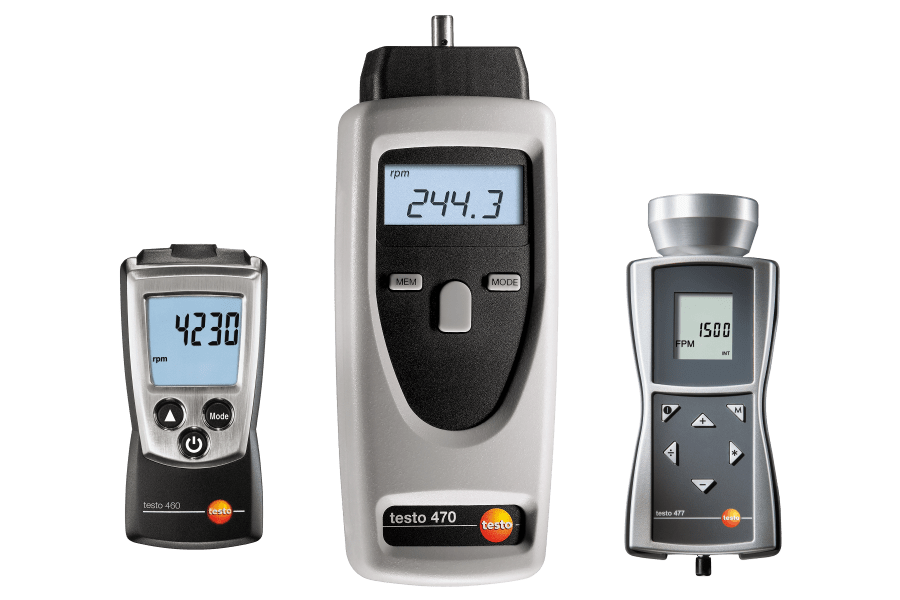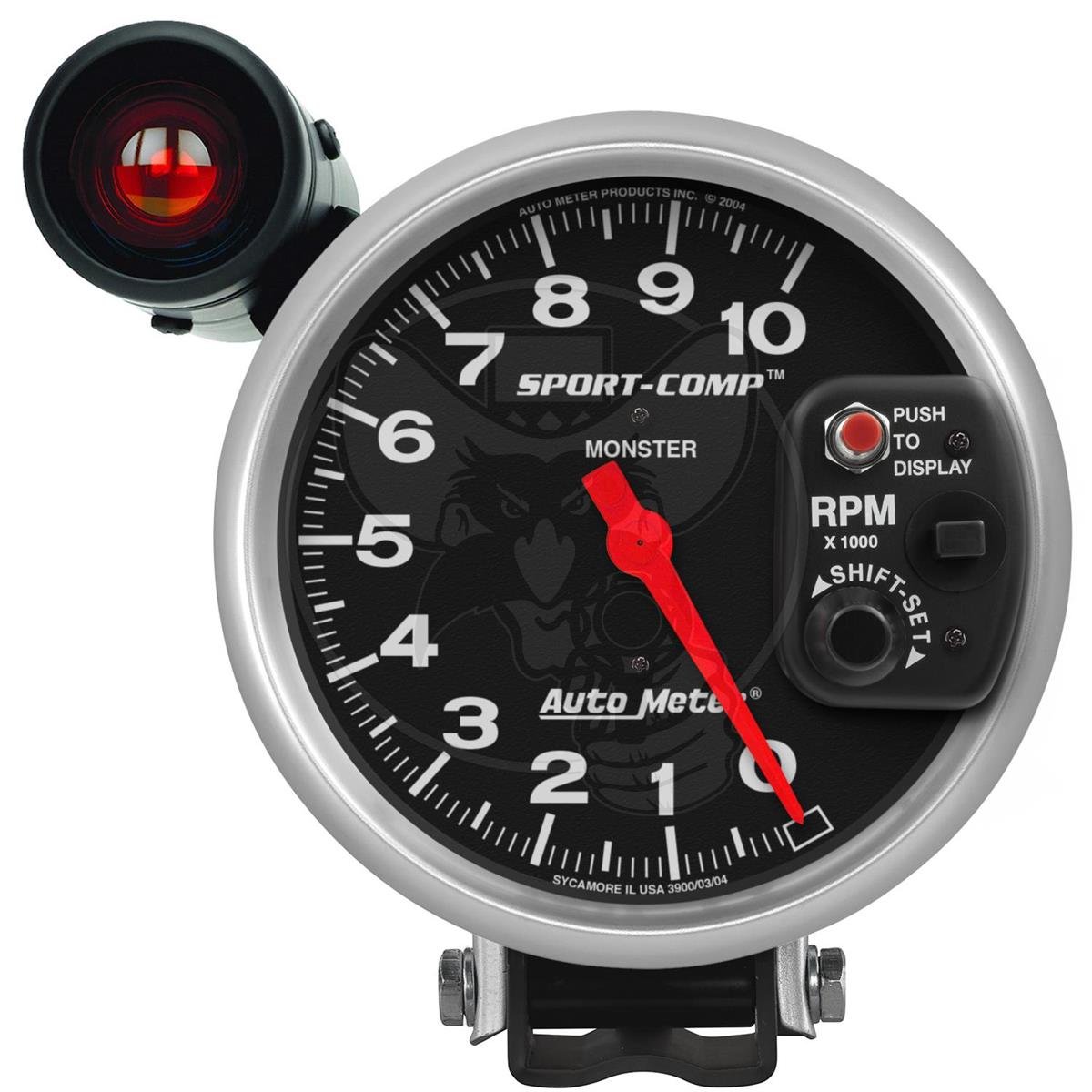Opening the Tricks of Tachometers: Every Little Thing You Need to Understand About This Essential Instrument in Your Automobile
Understanding the complexities of tachometers can give important insights into your vehicle's efficiency and maintenance demands. From gauging engine rate to figuring out the information it offers, tachometers act as an important device for vehicle owners and lovers alike. By untangling the enigmas behind this important tool, you can open a wide range of information that can enhance your driving experience and make sure the long life of your lorry.
Importance of Tachometers
The importance of tachometers lies in their capability to give crucial real-time data about an engine's rotational rate, enabling for exact surveillance and upkeep of machinery. By measuring the revolutions per minute (RPM) of an engine's crankshaft, tachometers provide important insights into the engine's performance - tachometer. This data is vital for guaranteeing that the engine runs within its optimum variety, staying clear of possible damages from over-revving or underperforming
Tachometers play a crucial function in assisting operators and service technicians spot any abnormalities in the engine's speed, which could show concerns such as fuel inefficiency, mechanical problems, or too much pressure on the engine. By without delay recognizing these problems with tachometer readings, maintenance can be executed proactively, protecting against costly repair services and downtime in the lengthy run.
Additionally, tachometers are especially essential in high-performance vehicles and equipment, where exact control over engine speed is required for optimal procedure. Racing vehicles, airplane, and industrial equipment count on tachometers to supply peak efficiency while preserving security standards. Fundamentally, tachometers are not just tools for measuring rate however essential tools for ensuring the smooth and reliable procedure of engines throughout numerous applications.
Exactly How Tachometers Measure Engine Speed
Using sensing units that detect the regularity of electrical pulses generated by the engine's ignition system, tachometers precisely gauge the rotational speed of an engine. By keeping track of the price at which these pulses are received, tachometers supply real-time responses on how quick the engine's crankshaft is revolving per minute, frequently described as changes per minute (RPM)
The tachometer's sensor, commonly attached to the engine's ignition coil or ignition system cables, grabs the electric signals produced each time a cylinder fires. These signals are then transformed right into RPM analyses presented on the gauge or tool collection within the chauffeur's sight. Tachometers can be analog or digital, with modern-day vehicles typically including digital screens for exact and immediate RPM analyses.
This info is vital for vehicle drivers to understand the engine's performance, stop over-revving, maximize equipment changing, and ensure effective gas intake. By properly measuring engine speed, tachometers play an important duty in aiding drivers operate their vehicles safely and efficiently.
Interpreting Tachometer Readings
Having a clear understanding of how tachometers measure engine rate establishes the structure for properly analyzing the RPM analyses displayed. Interpreting tachometer readings is essential for ideal automobile performance visit our website and engine health. RPM (Revolutions Per Min) analyses on the tachometer suggest the speed at which the engine's crankshaft is rotating. When the engine is idling, the tachometer needle generally rests around 600-1000 RPM, relying on the lorry. As you speed up, the RPM will increase, mirroring the engine's greater rotational speed. When shifting gears in a hand-operated transmission automobile, the RPM will drop as you involve the clutch and modification gears, after that climb once again as you accelerate in the brand-new equipment. Keeping track of the tachometer can aid you figure out the most efficient changing indicate make the most of fuel economic climate and engine power. Additionally, unusual fluctuations or continually high RPM analyses might show prospective issues with the engine that might my blog require specialist interest. By focusing on the tachometer analyses and understanding just how to interpret them, you can guarantee your car runs smoothly and successfully.


Tips for Making Use Of Tachometers Successfully
To enhance driving performance and enhance engine efficiency, what secret strategies can be carried out for successfully utilizing tachometers? Tachometers are crucial tools that give real-time feedback on engine rate, making it possible for chauffeurs to make enlightened decisions for much better efficiency - tachometer. Here are some suggestions for utilizing tachometers properly:
Comprehending Optimal RPM Variety: Acquaint yourself with the optimal RPM (Changes Per Minute) range for your car. Keeping the engine within this array can improve fuel efficiency and lengthen the engine's life-span.
Shifting Equipments at the Correct Time: Utilize the tachometer to establish the most effective time to shift equipments. Upshifting prematurely or far too click here to find out more late can lead to decreased performance and performance. Purpose to change equipments when the RPM gets to the optimum array for the next gear.
Checking Engine Tension: High RPMs for prolonged periods can strain the engine. Watch on the tachometer to stop over-revving, especially throughout velocity or when lugging hefty tons.
Tachometers and Vehicle Upkeep
When thinking about car maintenance, tachometers play a vital function in keeping track of engine efficiency and identifying potential issues. Tachometers give essential data on engine speed, enabling chauffeurs and technicians to make certain that the engine is operating within the suggested RPM array. Regularly keeping track of the tachometer readings can aid determine issues such as engine misfires, damaged spark plugs, or problems with the gas distribution system. By taking notice of the tachometer, chauffeurs can protect against too much strain on the engine, which can result in costly fixings down the line.
In enhancement to discovering potential concerns, tachometers can additionally aid in optimizing fuel performance. By keeping the engine rate within the ideal range, vehicle drivers can enhance their gas mileage and lower fuel consumption. This not only benefits the motorist's purse however likewise contributes to environmental preservation by lowering dangerous emissions.
Conclusion
